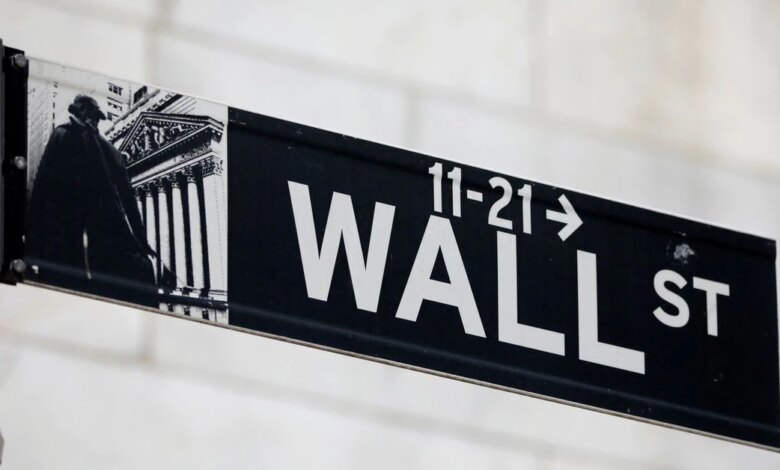Wall Street closes rollercoaster week sharply lower

NEW YORK, Sept 17 (Reuters) – U.S. shares ended sharply decrease in a broad sell-off on Friday, ending every week buffeted by robust financial information, company tax hike worries, the Delta COVID variant, and potential shifts within the U.S. Federal Reserve’s timeline for tapering asset purchases.
All three main U.S. inventory indexes misplaced floor, with the Nasdaq Composite Index’s weighed down as rising U.S. Treasury yields pressured market-leading progress shares.
In addition they posted weekly losses, with the S&P index struggling its largest two-week drop since February.
“The market is battling prospects for tighter fiscal coverage resulting from tax will increase, and tighter financial coverage resulting from Fed tapering,” mentioned David Carter, chief funding officer at Lenox Wealth Advisors in New York.
“Fairness markets are additionally just a little softer resulting from in the present day’s weak Shopper Sentiment information,” Carter added. “It is triggering issues that the Delta variant may gradual financial progress.”
A possible hike in company taxes may eat into earnings additionally weigh on markets, with main Democrats searching for to boost the highest tax fee on companies to 26.5% from the present 21%.
Whereas client sentiment steadied this month it stays depressed, in line with a College of Michigan report, as People postpone purchases whereas inflation stays excessive.
Inflation is more likely to be a serious challenge subsequent week, when the Federal Open Markets Committee holds its two-day financial coverage assembly. Market contributors will likely be watching intently for modifications in nuance which may sign a shift within the Fed’s tapering timeline.
“It has been every week of combined financial information and we’re targeted clearly on what’s going to come out of the Fed assembly subsequent week,” mentioned Invoice Northey, senior funding director at U.S. Financial institution Wealth Administration in Helena, Montana.
The Dow Jones Industrial Common fell 166.44 factors, or 0.48%, to 34,584.88; the S&P 500 misplaced 40.76 factors, or 0.91%, at 4,432.99; and the Nasdaq Composite dropped 137.96 factors, or 0.91%, to fifteen,043.97.
The S&P 500 ended under its 50-day shifting common, which in latest historical past has confirmed a somewhat sturdy help degree.
Of the 11 main sectors within the S&P 500, all however healthcare ended within the purple, with supplies and utilities struggling the most important proportion drops.
COVID vaccine producers Pfizer Inc and Moderna Inc dropped 1.3% and a pair of.4%, respectively, as U.S. well being officers moved the controversy over booster doses to a panel of impartial specialists.
U.S. Metal Corp shed 8.0% after it unveiled a $3 billion mini-mill funding plan.
Robinhood Markets Inc rose 1.0% after Cathie Wooden’s ARK Make investments purchased $14.7 million price of shares within the buying and selling platform.
Quantity and volatility spiked towards the top of the session resulting from “triple witching,” which is the quarterly, simultaneous expiration of inventory choices, inventory index futures, and inventory index choices contracts.
Quantity on U.S. exchanges was 15.51 billion shares, in contrast with the 9.70 billion common over the past 20 buying and selling days.
Declining points outnumbered advancing ones on the NYSE by a 1.97-to-1 ratio; on Nasdaq, a 1.00-to-1 ratio favored advancers.
The S&P 500 posted seven new 52-week highs and two new lows; the Nasdaq Composite recorded 67 new highs and 82 new lows.
Reporting by Stephen Culp; Extra reporting by Krystal Hu in New York and Ambar Warrick in Bengaluru; Enhancing by Richard Chang
:





